
The U.S. government and state of Texas under the rubric of the War on Drugs have been involved in intimate collaboration with corrupt police and security forces involved in torture and murder.
Breitbart News, however, has touted the corrupt governor of Tamaulipas—who helped open up Mexico’s hydrocarbon resources to exploitation by foreign companies—as a hero.
For the last five years, the United States has been involved in an unprecedented collaboration with the Tamaulipas state government in northeastern Mexico.
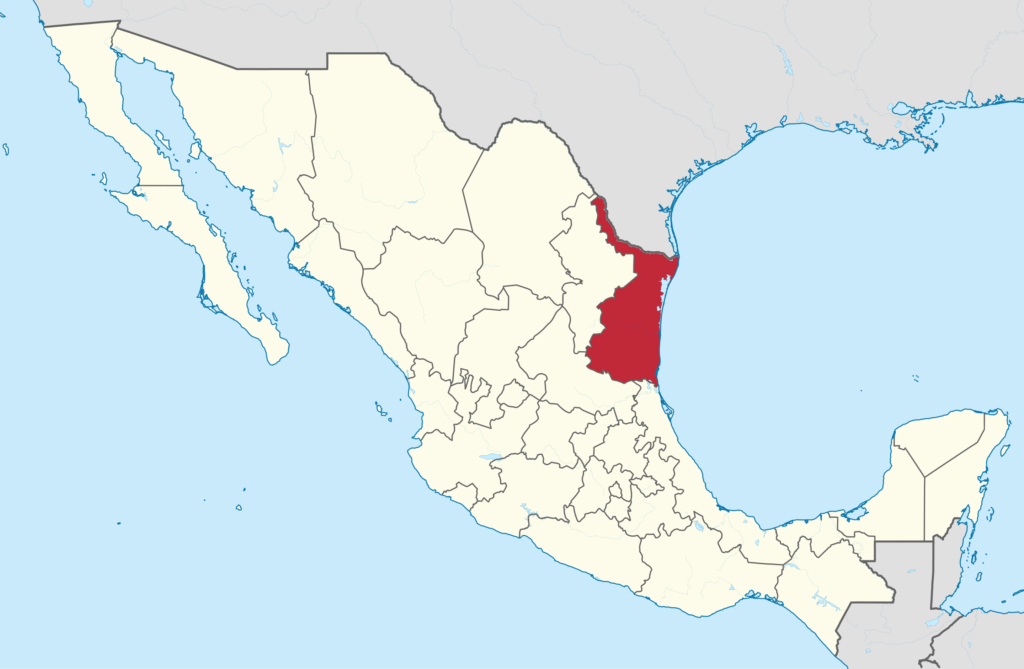
That partnership has required willful ignorance of credible allegations of corruption that stretch back almost 20 years about the Tamaulipas governor, a former legislator instrumental in passing Mexico’s 2014 Energy Reform opening Mexico’s hydrocarbon resources to exploitation by foreign companies.
A closer examination reveals a tangled web of figures involved in the corruption, including a right-wing online publication, U.S. legislators, a defense industry lobbyist and a Mexican governor allegedly in the pocket of a drug cartel.
This convergence of strange bedfellows appears to be the latest phase of a project that can be traced back to at least 2007 and a lobbying group representing powerful corporate interests in Texas whose primary objective may actually be northeastern Mexico’s petroleum resources.
Eyeing Mexico’s Oil
In 1980, the U.S. Department of Energy published a paper on the implications of Mexico’s energy resources for U.S. policy in the 1980s and beyond. The authors assessed that Mexico would be one of the world’s major sources of oil and natural gas, exceeded only by the U.S., the Soviet Union, Saudi Arabia, Iran and possibly Iraq and Kuwait, and acknowledged that Mexico’s resources were critical for meeting U.S. energy needs.

[Source: osti.gov] 
In 1985 during the Reagan administration, the United States Geological Survey published an appraisal of the natural hydrocarbon resources in northeastern Mexico. The surveyors concluded that “giant” natural gas, coal, and oil deposits were present in the Burgos and Sabinas basins in Coahuila, Nuevo León and Tamaulipas.

“An Endless Trail of Corruption” …
Mexico’s 2014 constitutional reform that liberalized their energy market was purchased through bribery of presidents, presidential candidates and legislators, along with encouragement from the U.S. State Department under former Secretary Hillary Clinton.

Bribes were distributed through a sophisticated network of shell companies and offshore accounts which were revealed in the Odebrecht bribery scandal.
The Brazilian construction and engineering firm Odebrecht operated as a conduit for dark money from all over the world seeking to purchase influence in Latin America. According to a 2016 U.S. federal indictment, Odebrecht even had a dedicated bribery department called the Division of Structured Operations.
In Mexico, the Odebrecht scandal led to the arrest of former Petroleos Mexicanos (PEMEX) Director Emilio Lozoya, who was arrested in Spain in 2019 and extradited to his home country in 2020 to face bribery, money laundering and other charges.
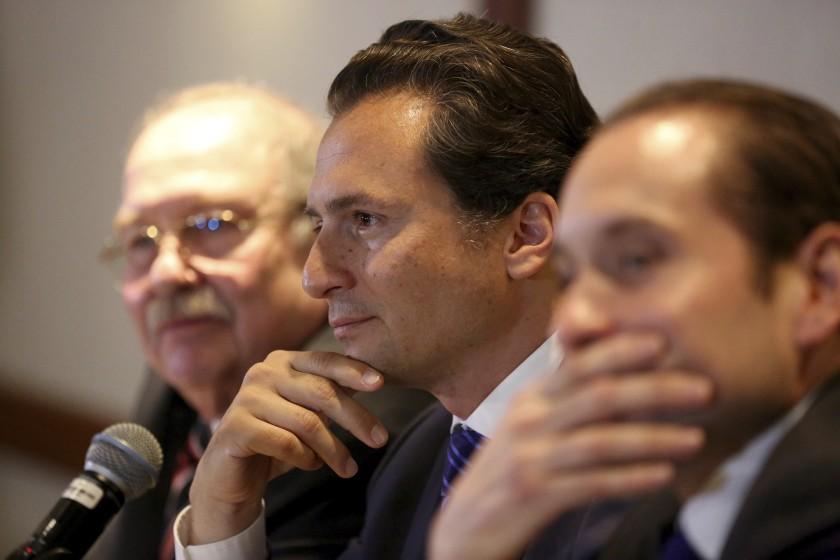
The Lozoya case has rocked the political establishment in Mexico with testimony implicating, among others, former Presidents Felipe Calderón and Enrique Peña Nieto, and Peña Nieto’s campaign manager, Luis Videgaray, who allegedly orchestrated bribes to legislators in exchange for energy reform as a part of the 2012 Pact for Mexico, which the Wall Street Journal described at the time as “How Mexico Ended Political Gridlock.”

One of the legislators named in Lozoya’s testimony for allegedly taking bribes for energy reform was the former conservative National Action Party (PAN) senator and current governor of Tamaulipas, Francisco García Cabeza de Vaca.

Cabeza de Vaca was instrumental in the initiative to open Mexico’s energy resources to foreign companies as a member of the Senate Energy Commission and one of the main proponents of the constitutional reform bill.
In a 2013 speech, then-Senator Cabeza de Vaca elaborated his views on energy reform:
“Mexico is facing a great opportunity. The development of gas and oil in shale deposits, also known as shale-gas and shale-oil, which forces us to rethink the organization of the national energy sector in an urgent and radical way, taking into consideration that our northern neighbor, the United States, their development has been very rapid and successful, which has allowed them to increase their hydrocarbon reserves and production.
The existence of a large number of similar deposits in Mexico, particularly in the northern states of the country, such as Coahuila, northern Veracruz, Nuevo León and Tamaulipas, that we estimate exceeds PEMEX’s current operating capacity and investment potential.
[…]
My party, the National Action Party, has upheld the principles of free market economics with social responsibility, since we are convinced that it is the most efficient economic system and the one that offers the most opportunities for growth to the country and to the families of Mexicans.
We believe that monopolies are inefficient by nature, and generate, as we have seen time and again, an endless trail of corruption.”
Ramping Up Border Patrol to Meet a Phantom Threat
In 2007, the year after Calderón deployed the military to fight drug trafficking in Mexico, Texas Governor Rick Perry appointed Fred Burton to the head of the Border Security Council.
A former member of the U.S. State Department’s Diplomatic Security Service, Burton worked for the private intelligence firm Stratfor, described by some as a private Central Intelligence Agency (CIA) for corporate clients.

The Border Security Council (BSC) was a lobbying group in Texas that used discretionary funds from the U.S. Department of Homeland Security (DHS), including for the protection of U.S. food supplies, to come up with policy recommendations to address the supposed threat of drug cartels in Texas despite little evidence of cartel-related violence in the state.
In 2011, following the advice of the BSC, Texas Agriculture Secretary Todd Staples commissioned the report “Texas Border Security: A Strategic Military Assessment,” from former Generals Barry McCaffrey (U.S. Army, retired) and Robert Scales (U.S. Army, retired).
According to reporting by Melissa del Bosque:
“McCaffrey had served as commander of U.S. troops in Central and South America in the early 1990s as the war in Guatemala was winding down. He later served as drug czar under President Bill Clinton. In 2003, Scales co-founded a private defense-consulting firm called Colgen Inc. In 2008, The New York Times revealed that Scales had been part of a covert group of retired military officials advocating in the media on behalf of the Bush administration for the invasion of Iraq.”
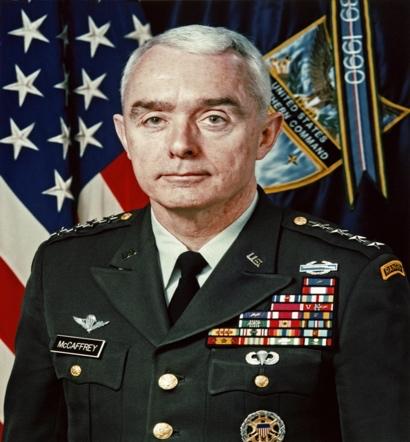
General Barry McCaffrey [Source: wikipedia.org]. 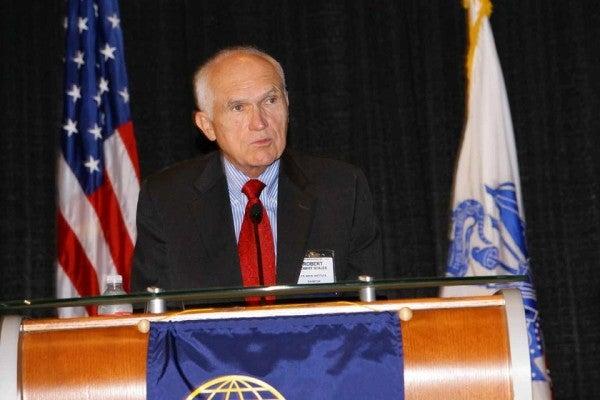
General Robert Scales [Source: taskandpurpose.com]
The Texas Border Security assessment recommended a list of policies for securing the Texas border, including creating multi-agency fusion centers to facilitate intelligence sharing between law enforcement and intelligence agencies, facilitating partnerships between U.S. and Mexican law enforcement, and designating cartels as foreign terrorist organizations.

A New Way Forward
On November 20, 2014, a directive in the Southern Border and Approaches Campaign established a new multi-agency partnership, Joint Task Force-West (JTF-West), responsible for securing the southern land border from the supposed threats of terrorism, illegal migration and contraband trafficking.
The campaign was announced by DHS Secretary Jeh Johnson only days after the 2014 midterm elections, in which the GOP took the Senate and held the House of Representatives.
Before Donald Trump’s campaign proved to be more than a sideshow, Texas Senator Ted Cruz was seen as a frontrunner early in the Republican primaries. Cruz appeared to have everything lined up to take the nomination, including early support from Breitbart Manager Steve Bannon and the conservative base.
Until the bitter end of the primaries, Cruz also received support from Nelson Balido, an energy and border-military-industrial complex lobbyist / DHS consultant / active duty public affairs Lt. Cmdr. (U.S. Southern Command).
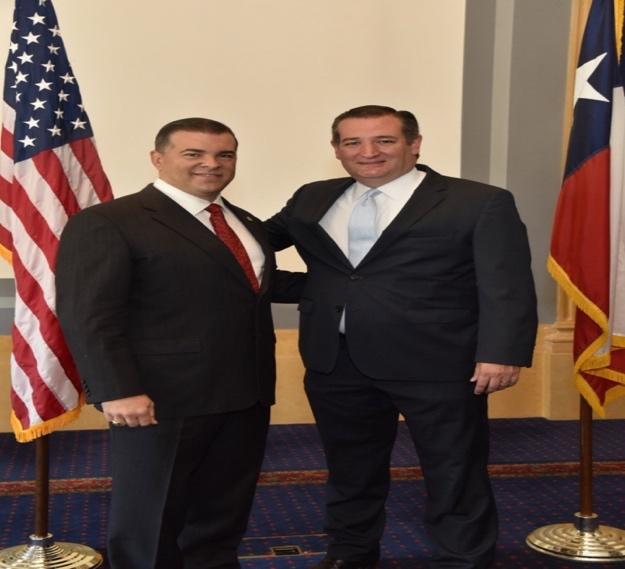
Balido wrote several gushing opinion pieces for Fox News on why Cruz was the best and only qualified candidate.
In December 2016, CBP published a press release about the new direction for JTF-West, that would combine “seven federal law enforcement agencies’ efforts into one singular, coordinated strategy” in order to “identify, prioritize, and target the top criminal organizations impacting national security, border security and public safety.”
Through JTF-West, CBP expanded its authority, autonomy and capabilities under the pretext of combatting the evolving threat to national security, according to them, posed by illegal immigration and drug and human trafficking organizations.
Whereas before, CBP was somewhat of a pariah within federal law enforcement, the 2016 U.S. election effectively marked the beginning of “A New Way Forward,” in which CBP, through JTF-West, would be “a key player in relations with Mexico by contributing to discussions between the two governments to improve security on both sides of the border.”
Security and Prosperity
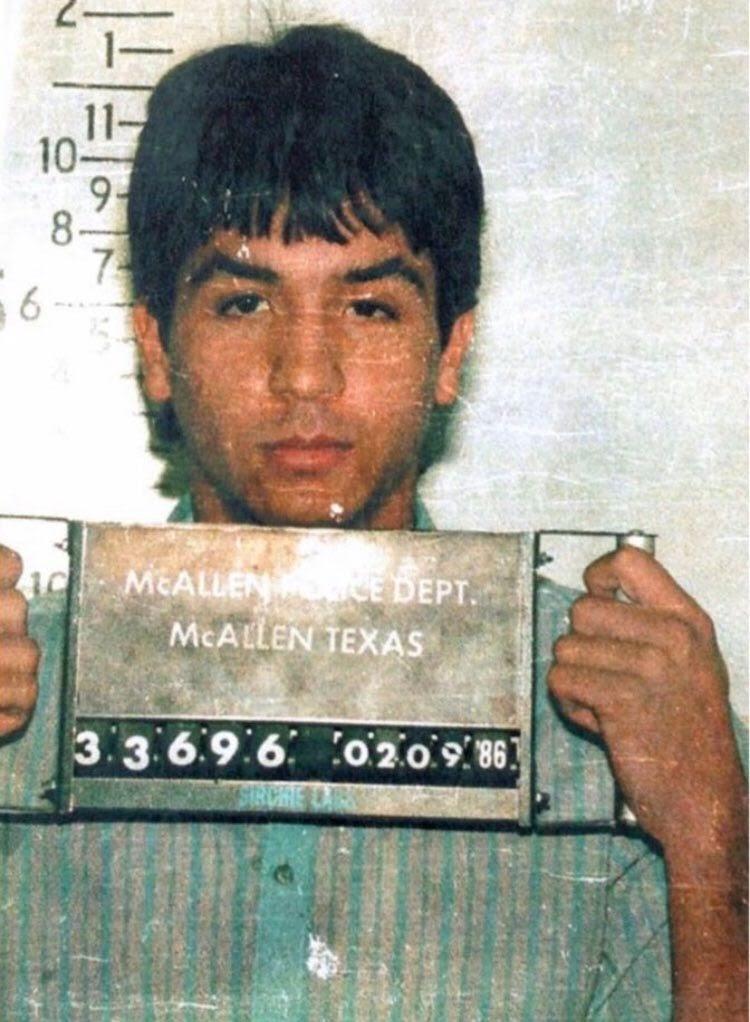
Cabeza de Vaca has allegedly been corrupt since the beginning of his political career.
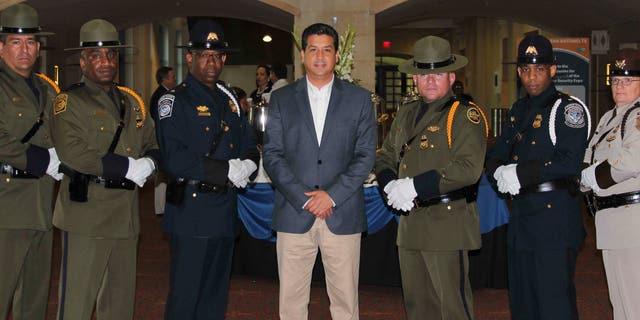
According to testimony from Antonio Peña Argüelles, a money launderer for the Zetas drug cartel and protected federal witness for the Drug Enforcement Administration (DEA), Cabeza de Vaca has been compromised by organized crime since at least 2004 when he accepted $500,000 from the Gulf cartel for his campaign for mayor of Reynosa in exchange for providing favors for the cartel.

Despite Cabeza de Vaca’s long and well-documented history of alleged ties with organized crime, Breitbart’s readers heard the opposite, even though corrupt Mexican politicians are one of Breitbart’s favorite narratives.


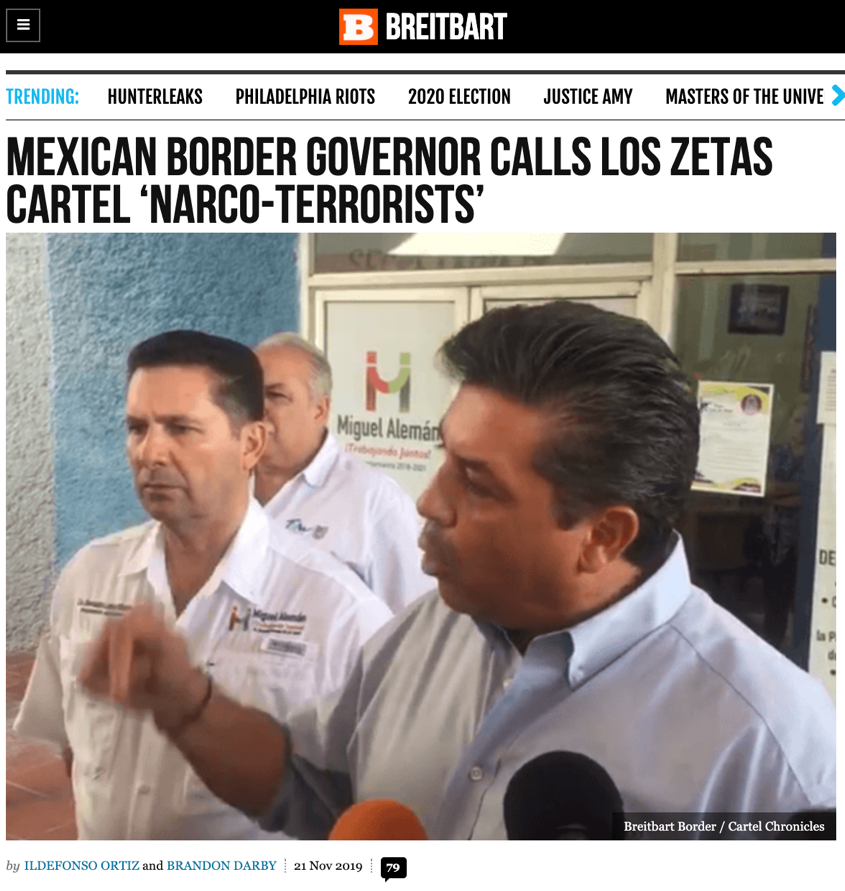
Nelson Balido also vouched for Cabeza de Vaca’s integrity in a May 2016 editorial for Fox News. According to Balido, Cabeza de Vaca—mentioned 26 times in relation to alleged criminal conspiracies in the Peña Argüelles testimony—was “clean as a whistle.”
But Balido’s column is notable for another reason. The editorial, written three weeks before the 2016 Tamaulipas gubernatorial election, mentioned Cabeza de Vaca’s interest in collaborating with the U.S. at the state level, an unprecedented and unusual arrangement.
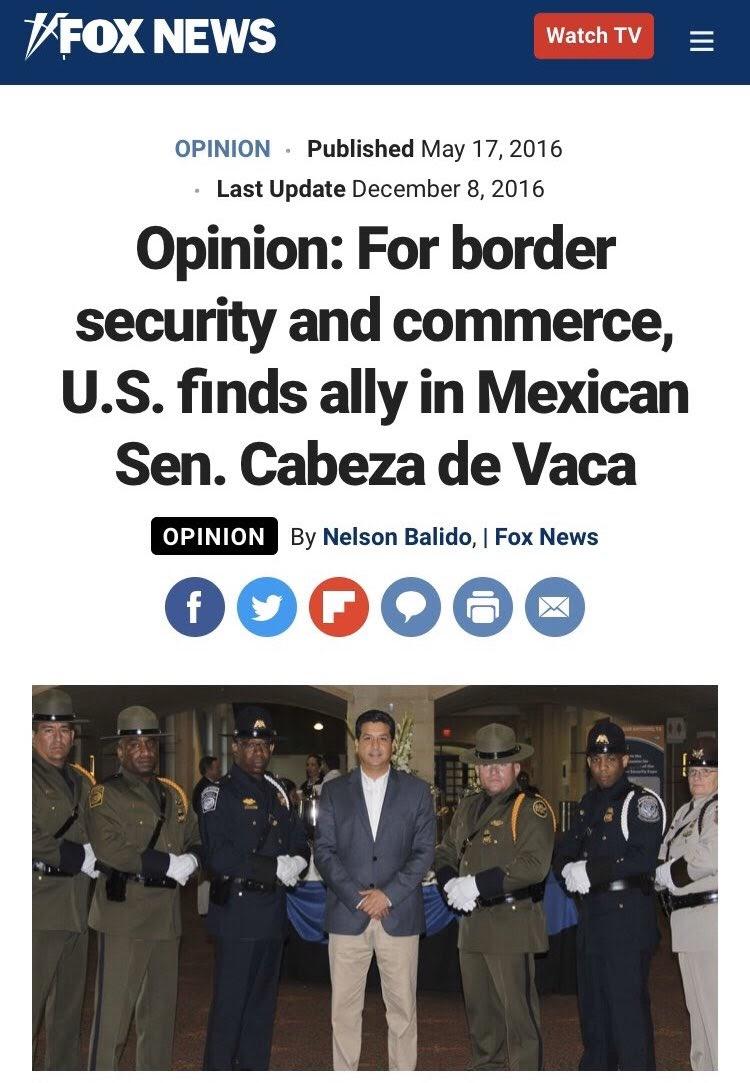
Breitbart’s border team was apparently also a proponent of state-level collaboration between the U.S. and Tamaulipas.
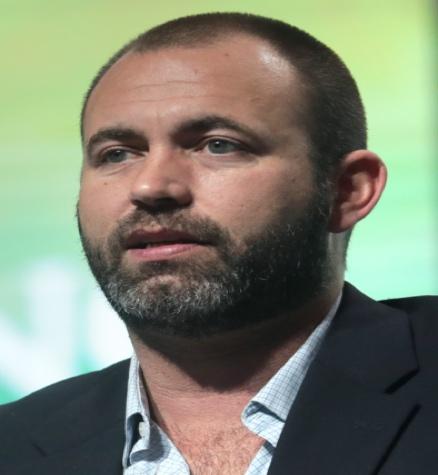
In a 2017 interview with Brandon Darby and Ildefonso Ortiz, co-creators along with Steve Bannon of Breitbart’s “Cartel Chronicles,” Darby explained why working with Mexico at the state level would be preferable.
According to Darby, selectively interacting with state governments in Mexico was preferable to the existing cooperation agreement with Mexico’s federal government through the Mérida initiative because of concerns about corruption within then-President Enrique Peña Nieto’s administration. Ironically, corruption within the Tamaulipas state government was not a concern.

In April 2016, then-gubernatorial candidate Cabeza de Vaca and Nelson Balido met with officials from DHS, FBI, DoD, as well as the Mexican Navy (SEMAR) and Army (SEDENA), to discuss a state-level bi-national plan for border security.
With days to go before the June 2016 Tamaulipas governor’s election, Cabeza de Vaca and Nelson Balido gave an interview in which the candidate explained the benefits of facilitating collaboration between Texas and Tamaulipas for the prosperity of both states. According to Cabeza de Vaca:
“If you put Texas and Tamaulipas together, the potential is enormous. So many other states wish they had 17 border crossing points. That is what we have. Gas, petroleum, we have so much…. We need to sell this area as one region. All the benefits we have together, we can lower the cost of manufacturing, we have our version of Eagle Ford Shale [a vast deposit of hydrocarbons in Texas]. The potential is enormous. We have a lot of wealth we have not utilized. We have agriculture, cattle, the best wind, we have petroleum and natural gas.”
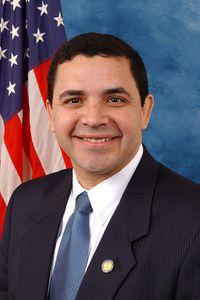
The collaboration, according to Cabeza de Vaca, would also provide benefits for the security of both Tamaulipas and Texas. If elected, Cabeza de Vaca assured that his administration would create “the best police the State of Tamaulipas ever had,” by training and certifying “ten to 20 percent” or approximately 1,000 Tamaulipas police in the state of Texas using federal funding from the U.S. State Department’s Merida Initiative.
Law enforcement training became a priority in Texas’s Rio Grande Valley with the passage of Texas House Bill 1887 in 2015, which authorized the development of the Regional Center for Public Safety Excellence (RCPSE) in Pharr, Texas, the district of U.S. Congressman and House Homeland Security Appropriations Committee member Henry Cuellar.
Built on the South Texas College campus, the RCPSE offered training and degree programs to create a workforce to fill positions in the booming industries administering the increasingly militarized border.
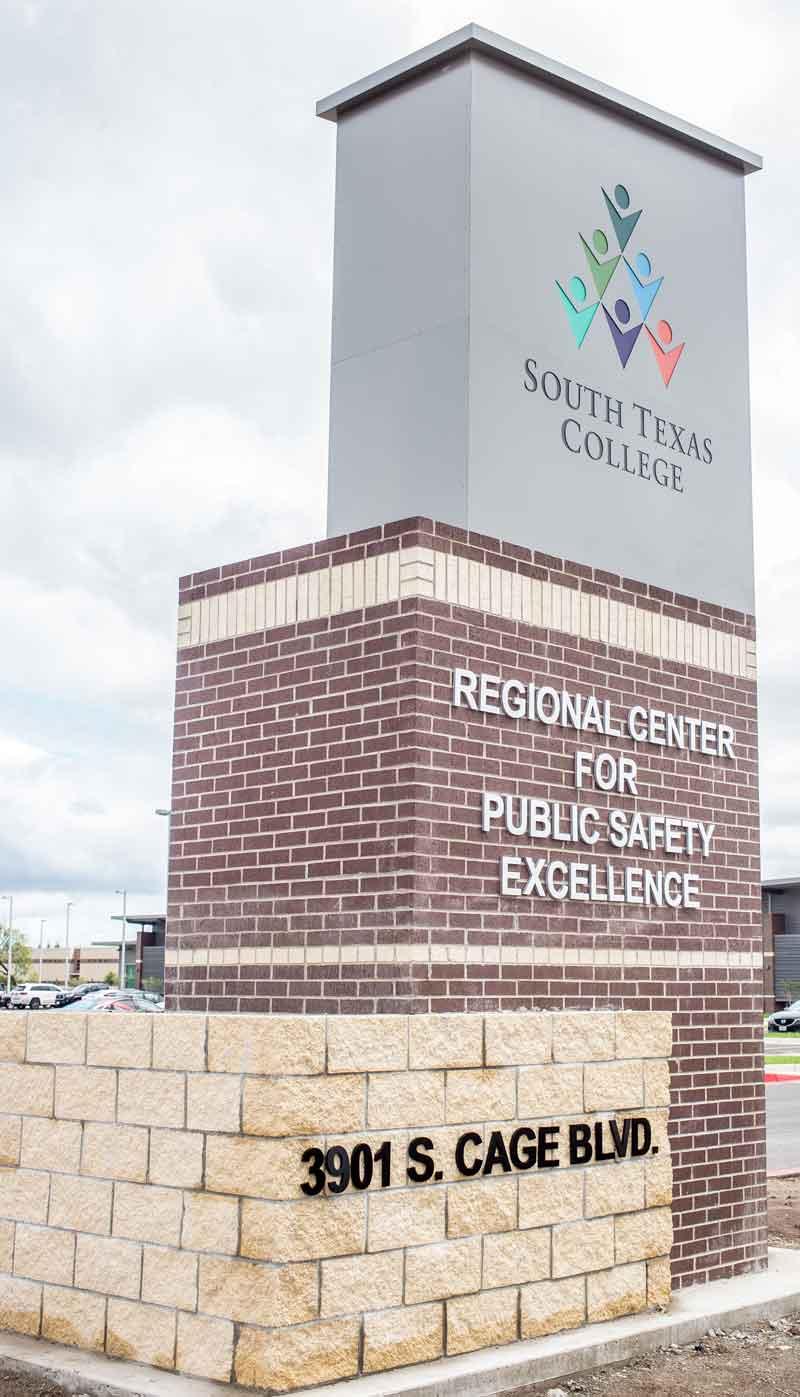
The president of the South Texas College explained to legislators debating House Bill 1887 that the RCPSE would offer opportunities for government funding, particularly from DHS.
While the militarized border-industrial complex was expanding with funding from self-dealing politicians, the U.S. began an unprecedented state-level partnership with the security forces in Tamaulipas.
Ten days after Cabeza de Vaca was elected governor of Tamaulipas, the U.S. CBP Rio Grande Valley Sector announced the launch of the Se Busca Información (Seeking Information) initiative targeting the ten most wanted criminals in the region.
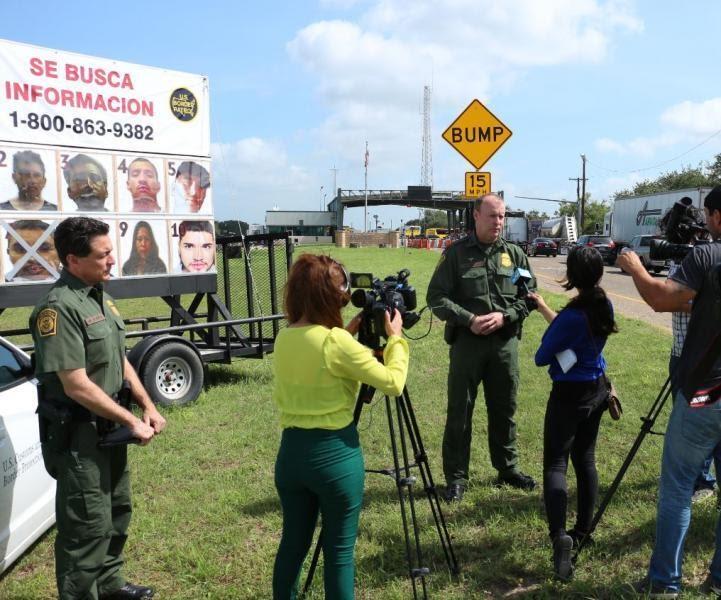
Although a partnership with the state government of Tamaulipas was not formally announced until June 2018, behind the scenes, the Mexican Navy and U.S. federal, state and local law enforcement were training a specially vetted police unit from the ground up.
In an October 2017 interview, the Tamaulipas Secretary of Economic Development, Carlos Talancón, described some of the training and assistance the U.S. was providing:
“CBP has been training our new state police force in Texas. The U.S. consuls of Nuevo Laredo and Matamoros have visited us in Ciudad Victoria. They have given us equipment, trained dogs. We have been working together with them. They are now training our trainees in Texas. We have been working for the last nine months with them.”
In the context of the same interview about U.S. training and assistance, Talancón also described an extermination campaign against the remaining “cucarachas” (cockroaches).
From approximately January 2017 until at least January 2019, the Tamaulipas state police trained with U.S. federal agencies, including the Diplomatic Security Service (DSS), FBI, Immigration and Customs Enforcement (ICE), CBP, Border Patrol (BP) and others, as well as state and local law enforcement agencies in Rep. Cuellar’s district in Texas.
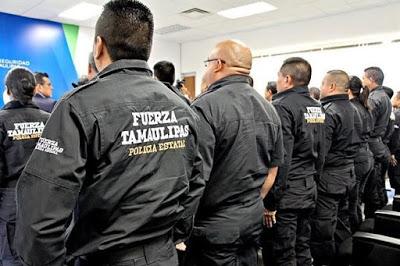
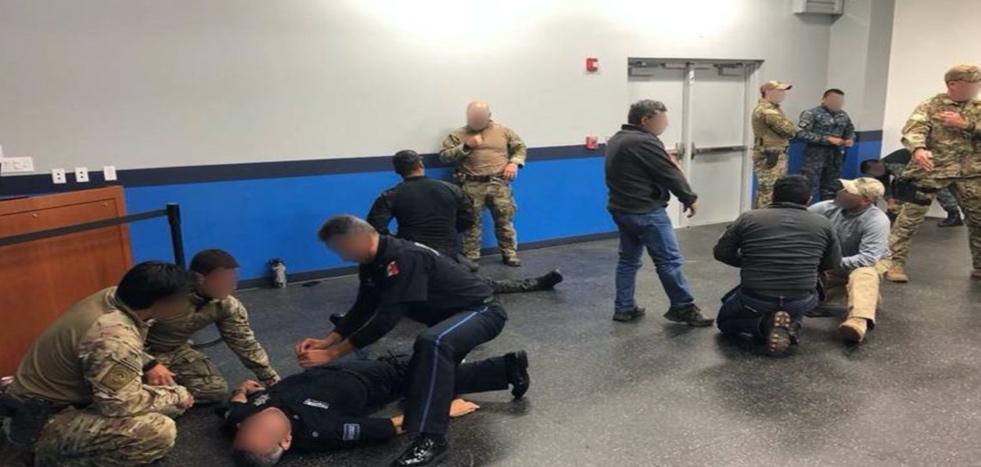
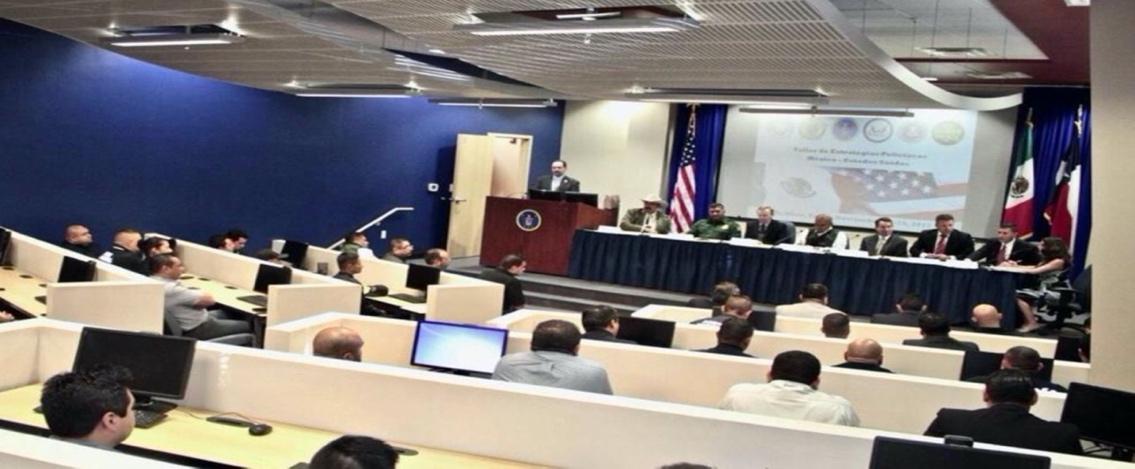
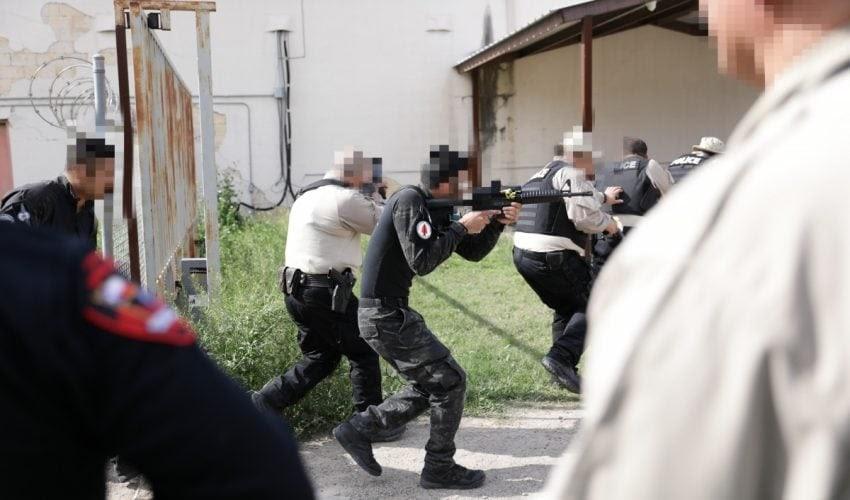
On June 7, 2018, a week after the Mexican Naval special operations forces were withdrawn from Tamaulipas for what was later determined to be at least 47 forcible disappearances and extrajudicial executions in Nuevo Laredo, including an American citizen, JTF-West formally announced a cooperative partnership with the state government of Tamaulipas known as the Campaign for Security and Prosperity.
The campaign was designed to facilitate intelligence sharing and cooperation between Tamaulipas authorities and U.S. federal, state, and local officials.

The ceremony was attended by officials from U.S. CBP, Governor Cabeza de Vaca and Nelson Balido. A poster for the Se Busca Información initiative hung in the background.
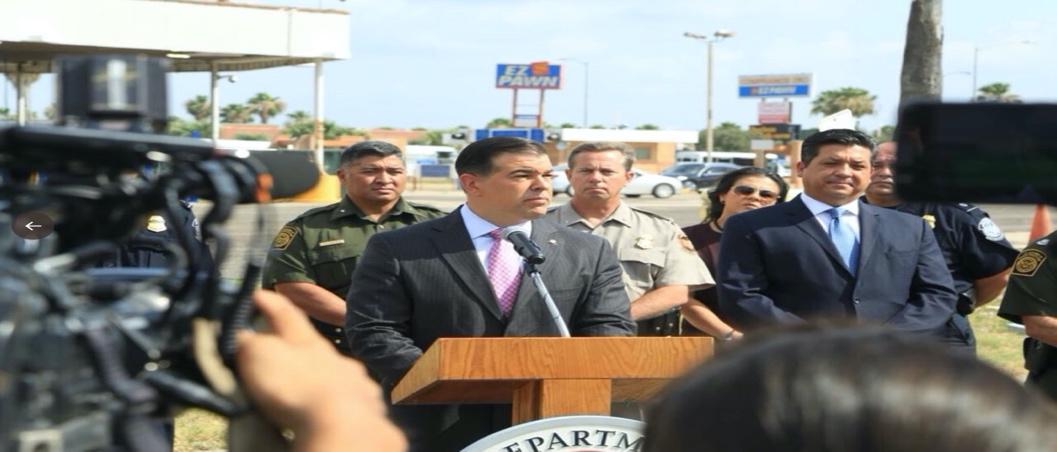
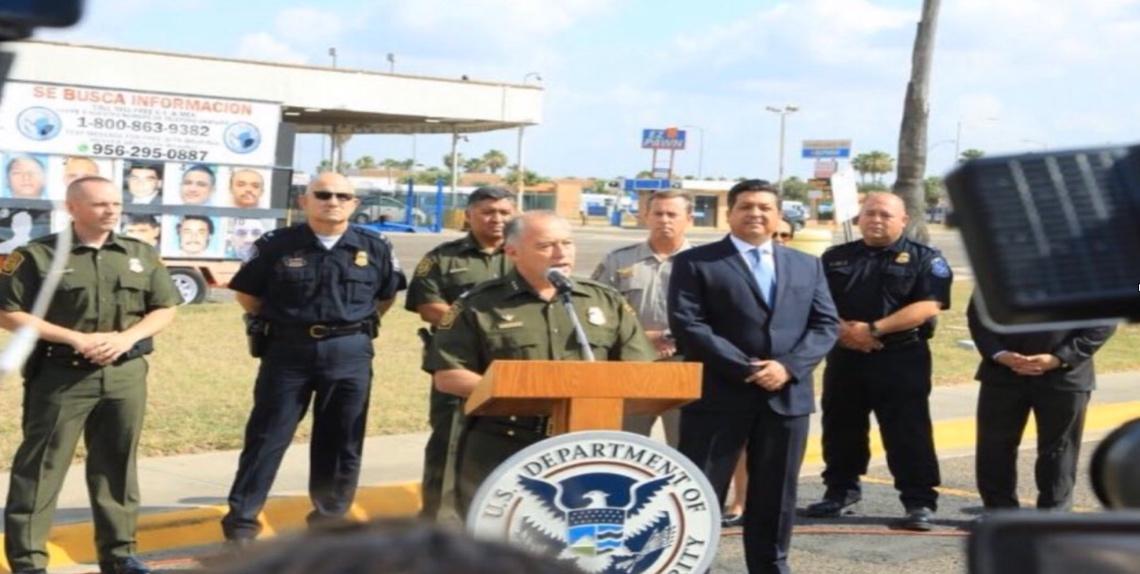
But not everything has been secure and prosperous in Tamaulipas. Two of the state’s most important border cities, Reynosa, and Nuevo Laredo, have been disputed between the state and various factions of the Gulf cartel and Los Zetas for more than a decade.
Nuevo Laredo connects Monterrey, the financial capital of northeast Mexico, to I-35 in Laredo, Texas. The enormous volume of transnational commerce that moves through the city (an estimated 40-70% of all U.S.-bound commercial traffic), makes it perhaps the single most important crossing in all of Mexico. Cártel del Noreste (CDN), a faction formerly with Los Zetas, is the predominant criminal organization in Nuevo Laredo.

Reynosa is the largest city in Tamaulipas with many maquilas (factories where goods are assembled with cheap labor) and also connects to Monterrey. The majority of human smuggling into the U.S. happens in the area between Reynosa and Nuevo Laredo known as “la frontera chica” / “the skinny border.” The Metros faction of the Gulf cartel is the predominant criminal organization in Reynosa.

The state government as well as the Gulf cartel in Matamoros—the criminal rivals of CDN and the Metros faction of the Gulf cartel—are interested in the valuable (and hydrocarbon-rich) territories in and around Nuevo Laredo and Reynosa.
Although the Matamoros factions of the Gulf cartel are among the oldest and most established criminal organizations in all of Mexico, the majority of the state government’s enforcement efforts are focused on the criminal groups in Nuevo Laredo and Reynosa.
How exactly criminal organizations and individuals are prioritized is unclear but, according to Cabeza de Vaca, the region’s most violent groups and individuals are the highest priorities.
However, the complex relationship between organized crime and politics may actually be the reason CDN and the Metros faction of the Gulf cartel are prioritized.
The Cabeza de Vaca administration’s approach to security appears to be one of pacification of groups that pay to conduct their business without being disturbed and prosecution of the rivals of the favored groups.
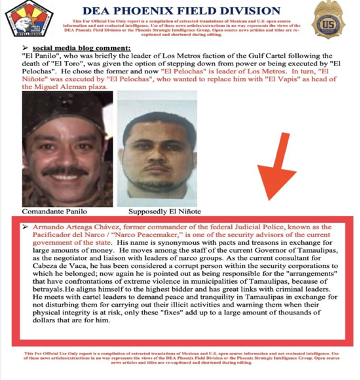
But the support for this approach is not limited to the Tamaulipas government. Breitbart News and U.S. Congressman Chip Roy of Texas, Ted Cruz’s former Chief of Staff and the former staff director for Senator John Cornyn’s leadership office, also favor the prioritization strategy.


In fact, Congressman Roy and 15 Republican co-sponsors favored this approach so much that they wrote the Drug Cartel Terrorist Designation Act (House Resolution 1700) that called for codifying the prioritization strategy.
The original bill would have designated CDN, Los Metros, and CJNG (a group without a significant presence in Tamaulipas but which was rumored to have an alliance with Los Metros in 2019 when the bill was written) as foreign terrorist organizations.
Congressman Roy later submitted a revised bill in April 2021 which specified only CDN and the Metros faction of the Gulf cartel. The two criminal organizations identified by the DEA as the largest and most powerful in Mexico, the Sinaloa federation and CJNG, are not included in the bill.

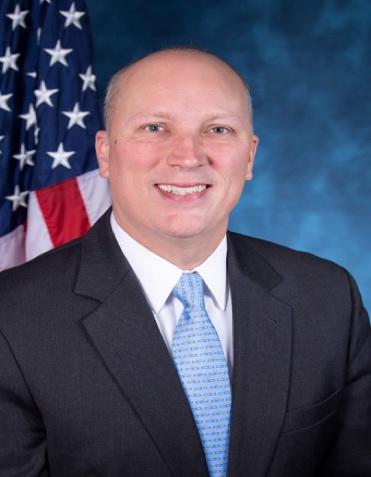
In February 2020, Congressman Roy wrote the Border Visibility and Security Act, which would compel the U.S. to purchase a variety of specific surveillance technology such as ground radar and other sensors for detecting human movement, clear vegetation along the Rio Grande and build roads along the U.S.-Mexico border.
Coincidentally, a majority of the supporters that Nelson Balido’s 501(c)(3) Border Commerce and Security Council represents are surveillance tech, infrastructure, and contracting companies.
In effect, the Border Visibility and Security Act would hand billions of dollars in business to companies whose interests are represented by Nelson Balido, a lobbyist with ties to DoD, DHS and Ted Cruz (Roy’s former boss) and a Mexican governor allegedly beholden to the Gulf cartel.



Narco-Terror and a Major Messaging Operation
Coined in 1983, the term “narco-terrorism” was originally applied to violent drug trafficking organizations in Colombia and Peru.
In Mexico, the concept of narcoterrorism has gained popularity in academic literature since at least 2008, primarily in reference to Los Zetas.
A 2009 paper, apparently written as a part of graduate coursework at the online American Military University, proposed creating an interagency task force for sharing intelligence in an effort to combat the threat posed to U.S. law enforcement, particularly Border Patrol, by “the Los Zetas narco-terrorist organization.”
In Mexico, dozens of popular anonymous social media personas that purport to be “citizen journalists” also sometimes refer to the violence in Mexico as “narco-terrorism.”


In a 2017 interview with Breitbart’s Brandon Darby and Ildefonso Ortiz, Ortiz recalled that, during their initial brainstorming session for Cartel Chronicles in 2014, Steve Bannon suggested that they just hire “citizen journalists.” According to Ortiz:
“Our initial objective was to focus on tweeters, local journalists and citizen journalists at risk, who cannot say what is happening in the areas controlled by the cartels. Bannon then said to me, ‘Hire them,’ and we thought between the three of us about how these people could contribute and communicate real, unfiltered information.”
Brandon Darby has also admitted to paying anonymous “citizen journalist” sources during a panel with Jack Posobiec and Ann Coulter at Turning Point USA’s Student Action Summit in December 2019.
According to Darby:
“When we looked at the border problems, we realized that some people covered the border on the north side and the U.S. side, but not so much, and no one was really covering the border on the south side, right? So the entire border wasn’t being covered and we tried to figure out why, and what we realized was that no one was covering it on the south side because everyone who did got murdered, and so no one would cover it. And we said, ‘wait a minute, we’re, like, Breitbart, right? We can’t just—y’know, we’re supposed to be a voice for the voiceless. We’re supposed to stand up for the little guy, for the ‘citizen journalist.’ So what we did was we went there and we started finding people in the communities who wanted to speak out, or who were speaking out under pseudonyms or under anonymous social media accounts, and we said, ‘hey, wait a minute; you’re risking your life to fight these cartels on the border and 500 people see what you say on Twitter, right? On your anonymous account. Why don’t you send that stuff to me and I’ll pay you and then we’re going to publish it in English and Spanish and we’ll throw the whole weight of what Breitbart has politically behind it to make sure that Americans know what’s happening here.”
Curiously, Darby went on to claim that Breitbart had been paying “citizen journalists” for approximately two to three years before “Cartel Chronicles” existed.
“And so what we’ve seen is that since we’ve been doing that roughly 7 or 8 years ago [from 2019], people care now, and the more people that care, the more people who listen to this message and the more people who see what’s happening, they care, then the Republicans start using it as talking points, and eventually, we hope it translates into actual policy, which we’re maybe starting to see, like, we have a president talking about cartels, which is the biggest thing in the world.”
According to Darby, Breitbart’s “Cartel Chronicles” are an influence operation targeting Republican voters, pundits and elected officials in order to create momentum for certain policies.
In a 2019 interview for the PBS series Frontline, Steve Bannon elaborated his views on border security and persuading President Trump, who was known for propounding and later vacillating on some of his administration’s hard-line approaches.
Bannon said that tough policies like criminally prosecuting anyone caught entering the country illegally required persuading the American public as well as the President, who responded the most to what he saw in the media.

According to Bannon:
“What I’m concerned about is this takes a major messaging operation. You have to explain—the American people are kind of detached from the details of what’s happening on the southern border. They’re particularly detached, I think, about the reality of what’s happening in Central America. They’re detached about, you know, this cauldron, right, that’s on the southern border, particularly how it’s been not just militarized by—particularly in northern Mexico and the cartel wars of the Mexican authorities against the cartels, but how the cartels are winning. You know, in many regards, northern Mexico and even some of the southern United States along the border, as people down there will tell you, are like Afghanistan to a degree that it’s an actual war going on and an insurgency.
And so my concern at the time is that, you know, not just people hadn’t thought three moves down, but maybe the messaging is not well enough, and the battlefield’s not prepared enough to—it just kind of dropped. And understanding President Trump, President Trump is always going to respond to what he sees in the media and what—he’s a marketing guy. He’s going to— he’s going to respond. And if this thing’s not—not messaged properly, and people don’t understand what you’re trying to accomplish, then I think you can have some—some blowback.”
In late 2019, the proposal to designate cartels as foreign terrorist organizations seemed to have finally won over President Trump. In the aftermath of the massacre of the Mormon family in Agua Prieta, Sonora, in November 2019, Trump stated his intention to designate unspecified
Mexican drug cartels as terrorists.
Brandon Darby, Ildefonso Ortiz and Chip Roy were elated by the news.



Ultimately, the proposal never came to fruition because a terrorist designation could have substantiated claims for asylum at the border, undermining Trump’s image as tough on immigration.
Regardless, the justification for a terrorist designation specifically for CDN and Los Metros, which have no significant presence outside of northeastern Mexico, is not justified based on recent violent crime data.
In fact, the northeastern Mexican states of Coahuila, Nuevo León and Tamaulipas, which the Drug Cartel Terrorist Designation Act is explicitly targeting, are all below the national average for organized crime-style homicides, and have been for the last several years. Between 2018 and 2019, homicide numbers in Tamaulipas actually decreased.


So why exactly do they want to designate these specific groups as terrorist organizations? Why the convergence of well-connected establishment figures like Nelson Balido with the likes of Steve Bannon and Breitbart News on this one issue? Why the willful ignorance and omission of Cabeza de Vaca’s sordid past to make an unprecedented state-level partnership work?
Brandon Darby explained it bluntly in a webcast:
“The reality of Mexico is this: They’re very resource rich. There’s plenty of resources in Mexico. The problem is, is that many of the regions along the border, those resources can’t be exploited because of the security situation and because of the corruption situation, which is largely due to the security situation. So, though I don’t suggest we engage in direct economic development in Mexico when we need it in our own country so badly in so many areas like inner cities and rural areas, I mean, you go down the line—but what we can do is address those security situations. We can more aggressively go after the rest of those people in the organized criminal circles so they fall in line with other places so that businesses are more able to invest in Mexico and invest in resource exploitation, and what have you. It’s all about the security situation. Uh, the security situation … take Coahuila. Coahuila is along the U.S.-Mexico border, along the Texas border, tons of oil, but we can’t exploit that oil because in order to exploit the oil, the cartels are gonna steal the gas, the cartel, I mean you go down the line.”
It is—and has always been—about this.
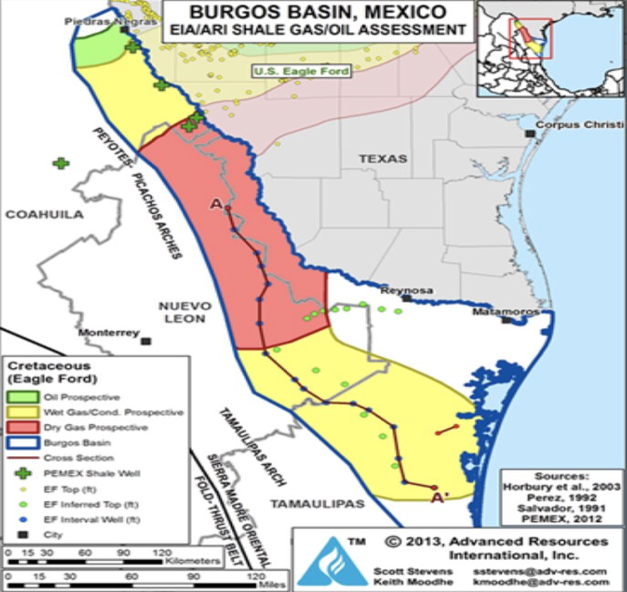

Habrá Sangre
Cabeza de Vaca often points to his relationship with various U.S. politicians as proof of his integrity, like in this article about his “working tour” to Washington September 9-12, 2019. During that trip, Cabeza de Vaca spoke at the Wilson Center and met with members of Congress and officials from the State Department, DHS and DoD.





But behind that façade of respectability is a deeply corrupt state administration and a brutal police force that murders and lies as a matter of course. Cabeza de Vaca’s trip to Washington came only days after the U.S.-trained special forces police unit that reports directly to the governor, CAIET, executed eight people on September 5.
One of those people was Jennifer Romero Lopez, a 21-year-old student with no criminal record.
She was two months pregnant and had come to Nuevo Laredo with her boyfriend three days earlier. She had the misfortune of being in a house suspected of involvement in criminal activity when, on September 5, 2019, CAIET kicked in the door and took everyone they found inside the residence into custody.

Police detained Jennifer and seven others and drove them to the western outskirts of Nuevo Laredo to a housing project in the Valles de Anahuac neighborhood where each was beaten, forced to dress in military fatigues to look like sicarios, and executed with a single shot to the head at locations in and around the house.
CAIET placed weapons near the bodies to appear as if they had died in a gunfight and the bodies were photographed and the photos were leaked to anonymous “citizen journalists,” like the ones paid by Breitbart, for distribution on social media.

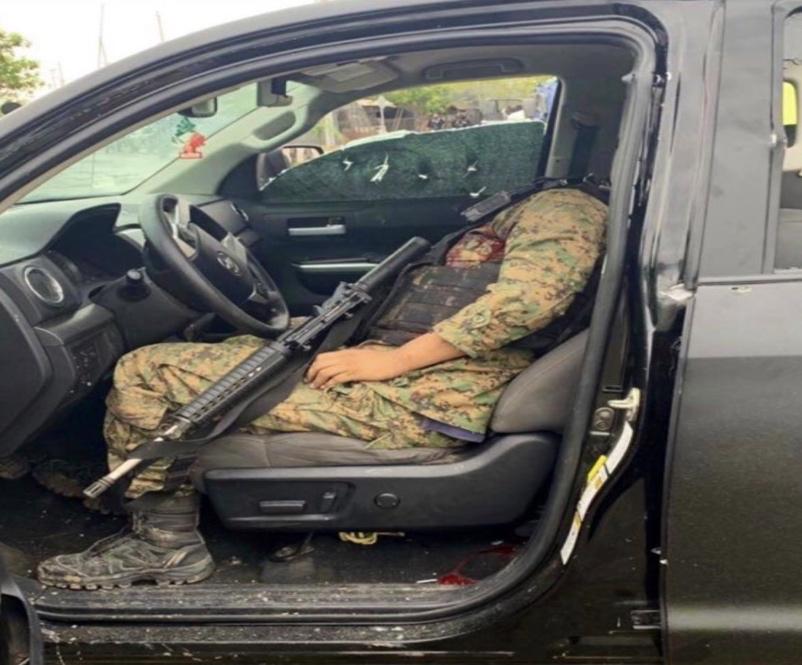
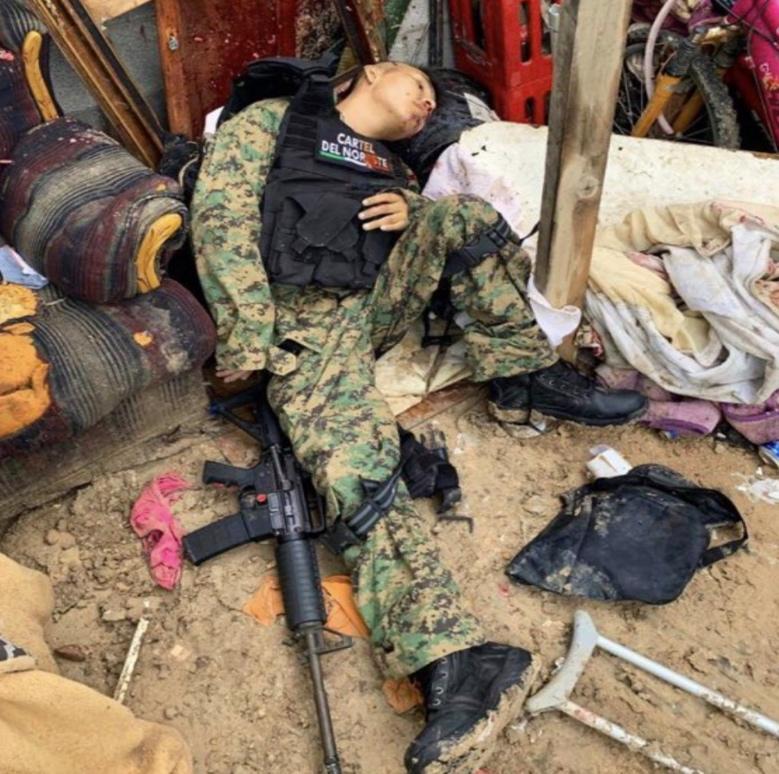

The police even towed an armored truck to the crime scene in broad daylight to corroborate their account.
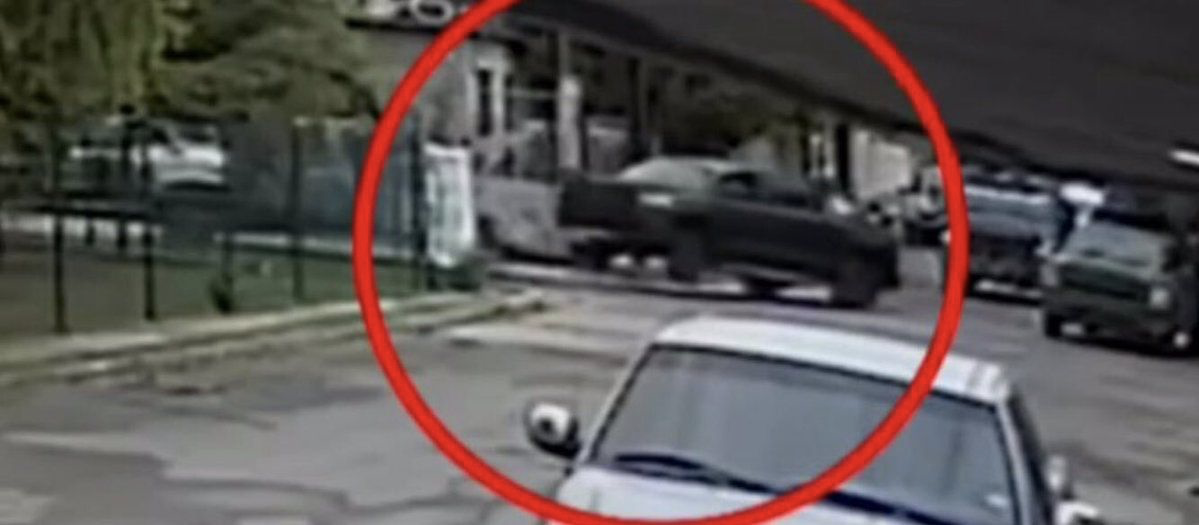


On September 10, 2019, shortly before the first stories in the press detailing what actually happened were published, Stratfor wrote a piece in Business Insider about the incident. The headline: “Gun battles on the border with the US show how deeply cartels have embedded themselves in Mexico.”

[Source: businessinsider.com]
Epilogue
Less than a month after the atrocity, U.S. officials held a ceremony with the governor of Tamaulipas to announce the re-launching of the Se Busca initiative.
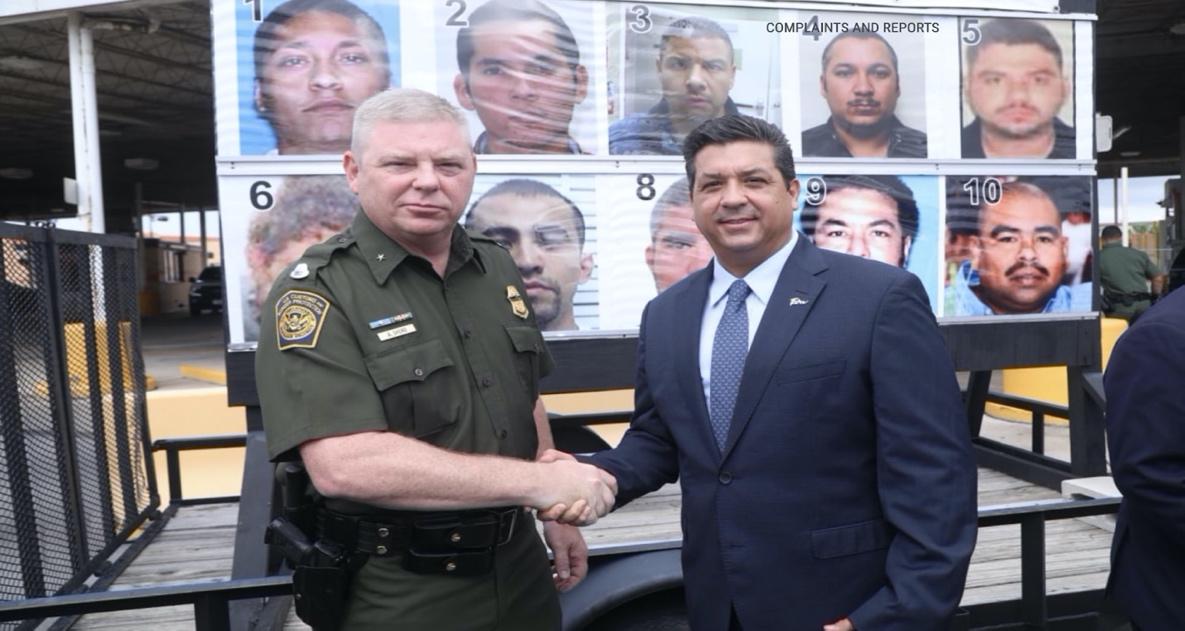
The extrajudicial killings barely registered in the U.S. media, which rationalized the executions by emphasizing that the police claimed that some of the victims were associated with a drug trafficking gang.
After the executions, CAIET changed its name to GOPES (Grupo de Operaciónes Especiales) while retaining the same leadership and the same agents minus the few that were eventually charged with the murders.
In an interview published in Milenio in August 2020, CAIET Director Felix Arturo Rodriguez explained that the GOPES had originally been trained by the Mexican Navy (SEMAR), implicated in at least 47 disappearances and executions including an American in Nuevo Laredo in 2018, and U.S. law enforcement agencies.
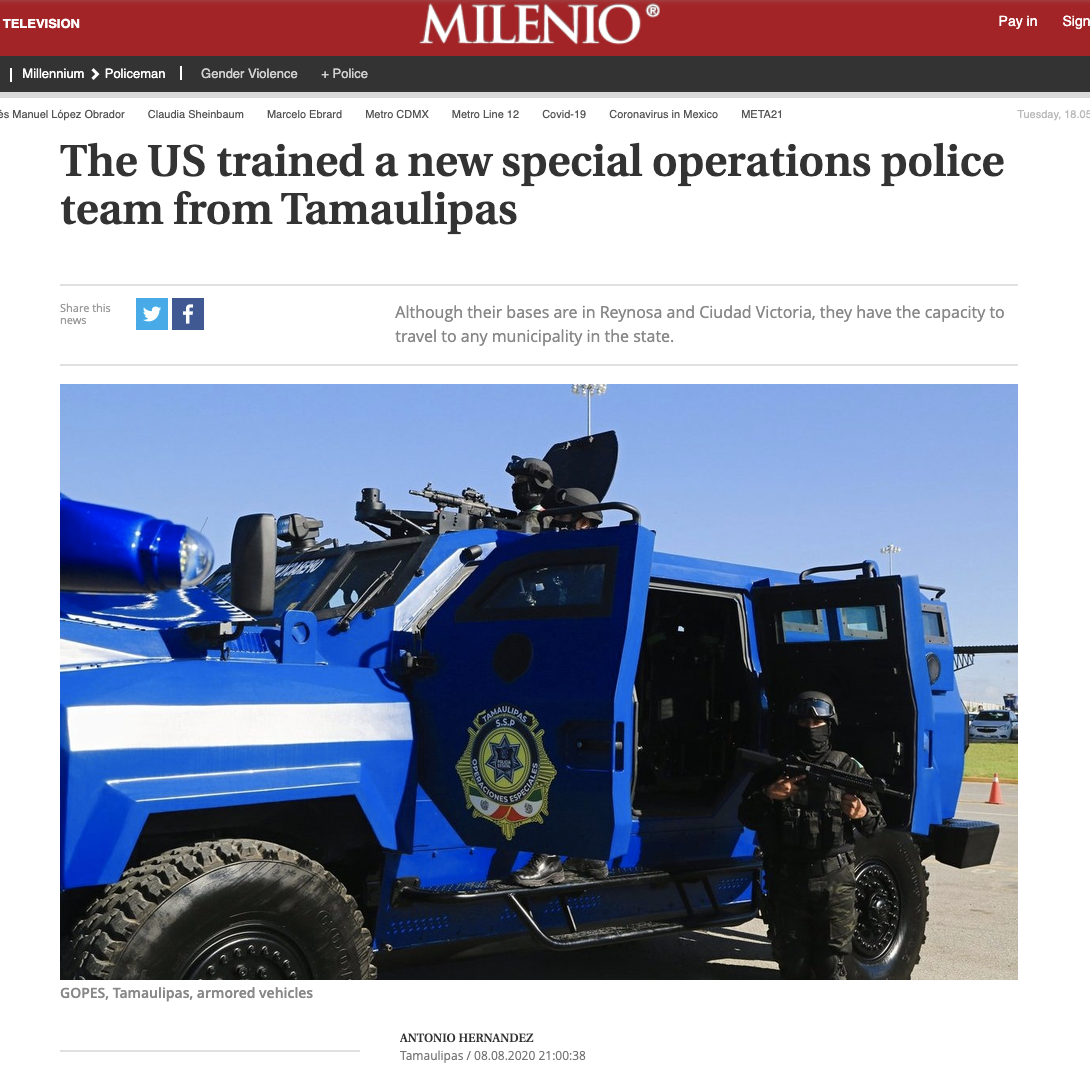
In October 2020, Congressman Henry Cuellar and officials from the State Department and various DHS agencies attended a ribbon-cutting ceremony for a new police facility in Reynosa that the GOPES would use as one of its two bases of operation.
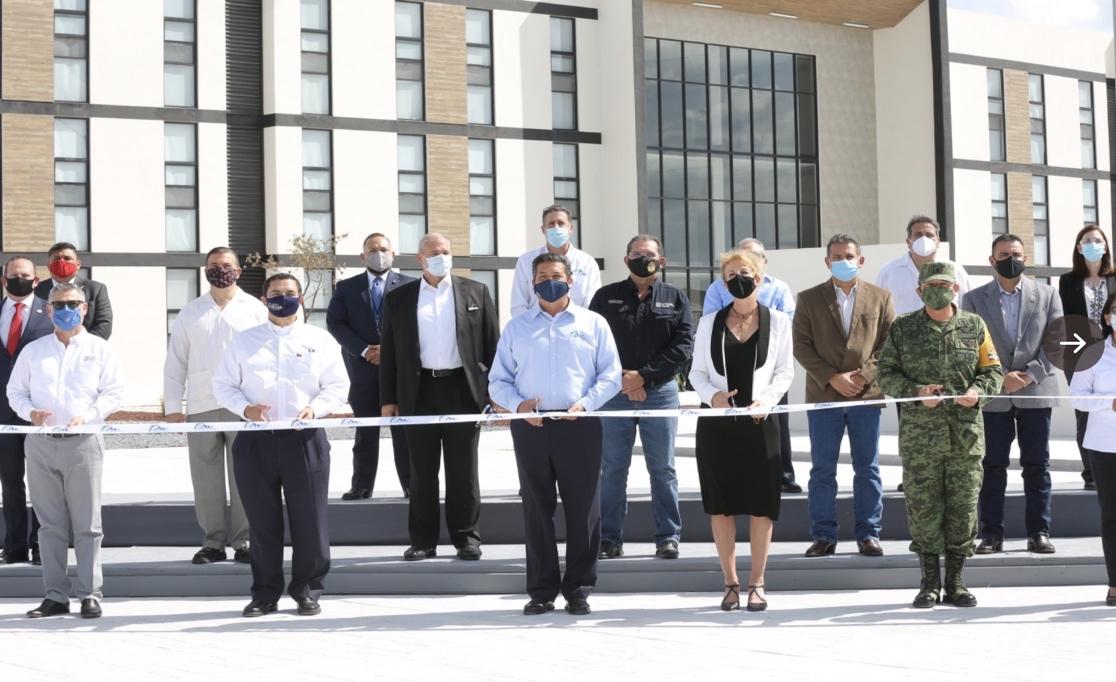
On January 22, 2021, three months after the dedication, members of the GOPES and Tamaulipas state police operating out of the new facility in Reynosa killed 19 people, including 16 innocent Guatemalan migrants, while attempting to cover up the murders. Many of the bodies were burned beyond recognition.
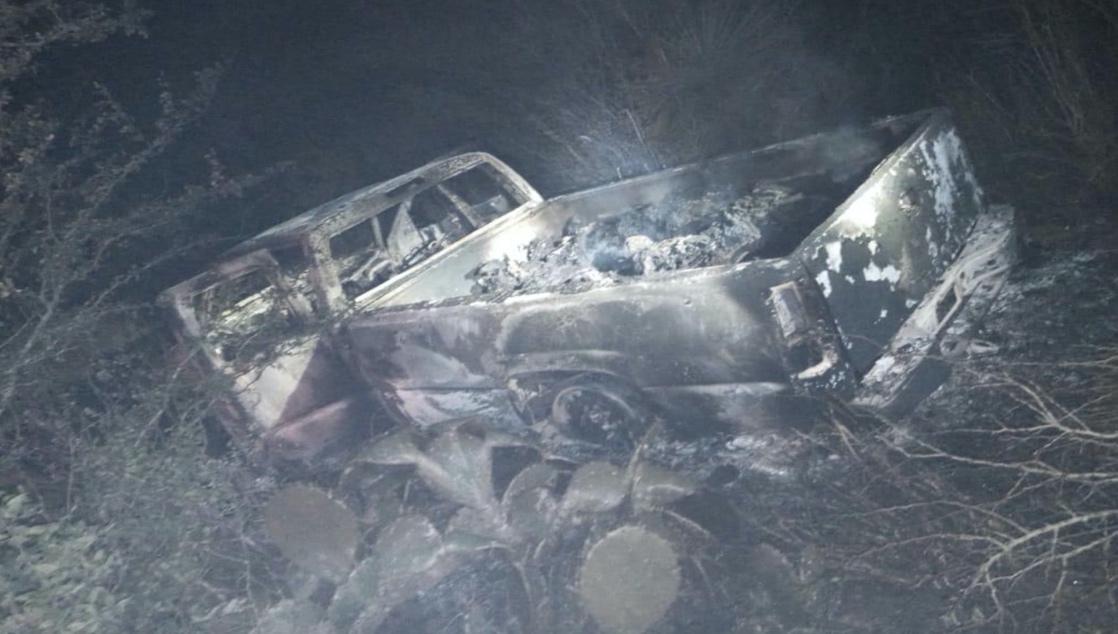
On February 7, El Economista reported that the United States Embassy in Mexico acknowledged that three of the GOPES charged with the massacre were vetted and trained in human rights by the U.S. in 2016 and 2017.

CovertAction Magazine is made possible by subscriptions, orders and donations from readers like you.
Blow the Whistle on U.S. Imperialism
Click the whistle and donate
When you donate to CovertAction Magazine, you are supporting investigative journalism. Your contributions go directly to supporting the development, production, editing, and dissemination of the Magazine.
CovertAction Magazine does not receive corporate or government sponsorship. Yet, we hold a steadfast commitment to providing compensation for writers, editorial and technical support. Your support helps facilitate this compensation as well as increase the caliber of this work.
Please make a donation by clicking on the donate logo above and enter the amount and your credit or debit card information.
CovertAction Institute, Inc. (CAI) is a 501(c)(3) non-profit organization and your gift is tax-deductible for federal income purposes. CAI’s tax-exempt ID number is 87-2461683.
We sincerely thank you for your support.
Disclaimer: The contents of this article are the sole responsibility of the author(s). CovertAction Institute, Inc. (CAI), including its Board of Directors (BD), Editorial Board (EB), Advisory Board (AB), staff, volunteers and its projects (including CovertAction Magazine) are not responsible for any inaccurate or incorrect statement in this article. This article also does not necessarily represent the views the BD, the EB, the AB, staff, volunteers, or any members of its projects.
Differing viewpoints: CAM publishes articles with differing viewpoints in an effort to nurture vibrant debate and thoughtful critical analysis. Feel free to comment on the articles in the comment section and/or send your letters to the Editors, which we will publish in the Letters column.
Copyrighted Material: This web site may contain copyrighted material the use of which has not always been specifically authorized by the copyright owner. As a not-for-profit charitable organization incorporated in the State of New York, we are making such material available in an effort to advance the understanding of humanity’s problems and hopefully to help find solutions for those problems. We believe this constitutes a ‘fair use’ of any such copyrighted material as provided for in section 107 of the US Copyright Law. You can read more about ‘fair use’ and US Copyright Law at the Legal Information Institute of Cornell Law School.
Republishing: CovertAction Magazine (CAM) grants permission to cross-post CAM articles on not-for-profit community internet sites as long as the source is acknowledged together with a hyperlink to the original CovertAction Magazine article. Also, kindly let us know at info@CovertActionMagazine.com. For publication of CAM articles in print or other forms including commercial internet sites, contact: info@CovertActionMagazine.com.
By using this site, you agree to these terms above.
About the Author
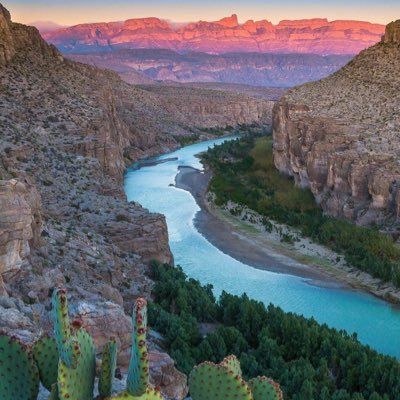
Zach El Parece writes for Narco News.
He can be reached at: ElParece@protonmail.com.


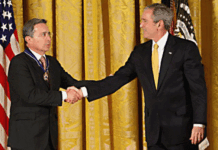


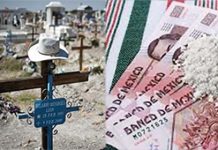

[…] The Tamaulipas Project: Blood for Oil, by Zach El Parece […]
[…] Opposes Mandatory Jabs, Says People Should Get Vaccinated Without Coercion, by Tyler DurdenThe Tamaulipas Project: Blood for Oil, by Zach El PareceIsraeli Soldiers Brutally Beat Palestinian Student at Checkpoint in HebronTony Blair should go to […]
[…] Por Zach El Parece, publicado en Cover Action Magazine. […]
great post, keep up the good work